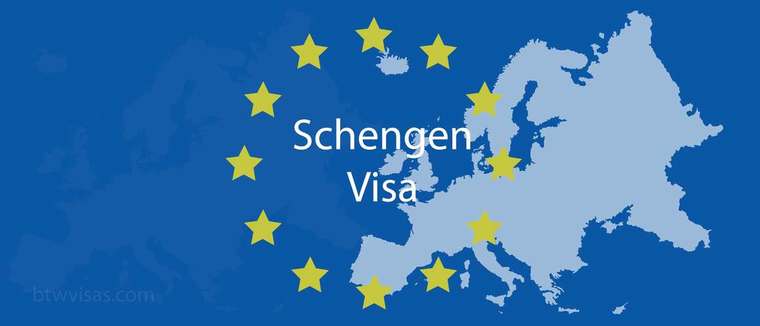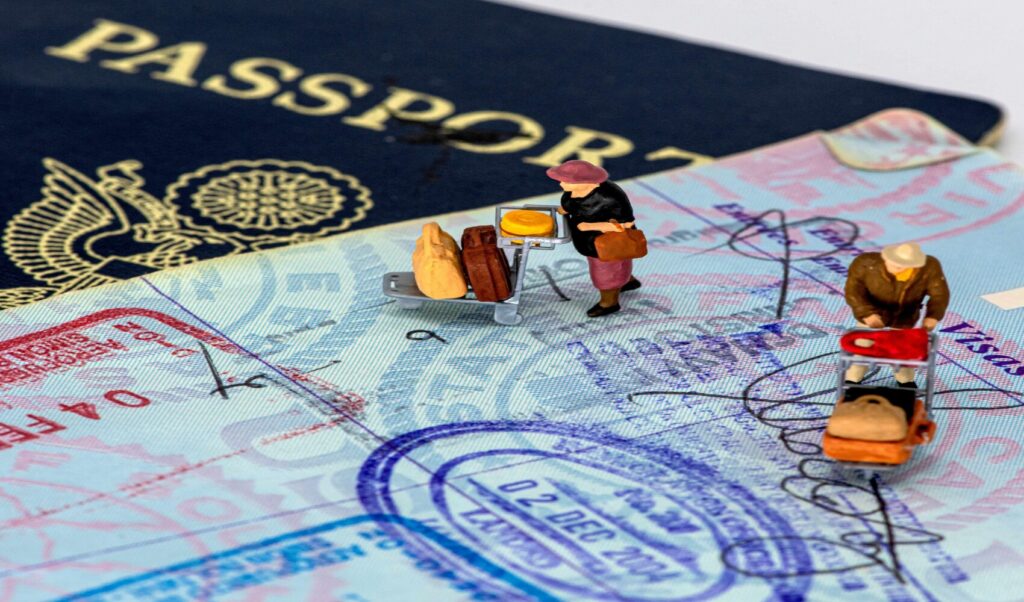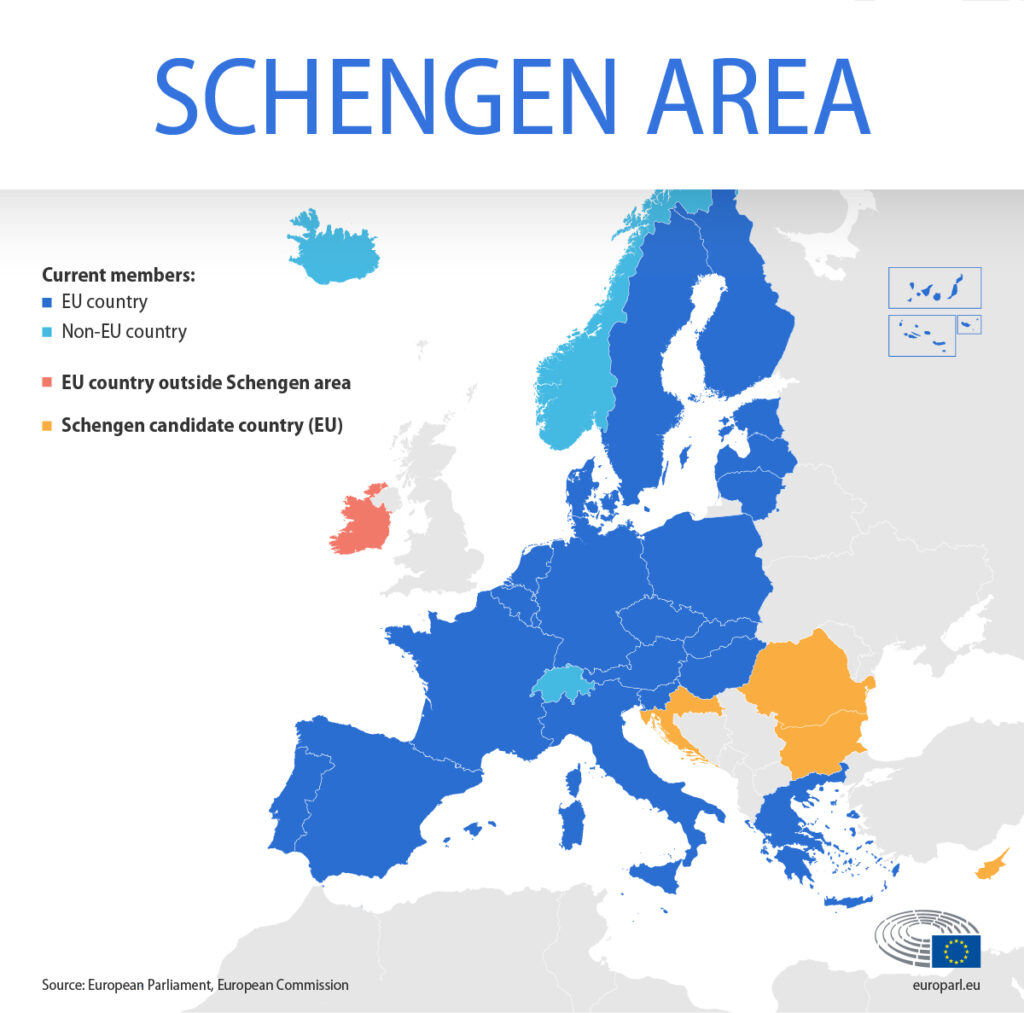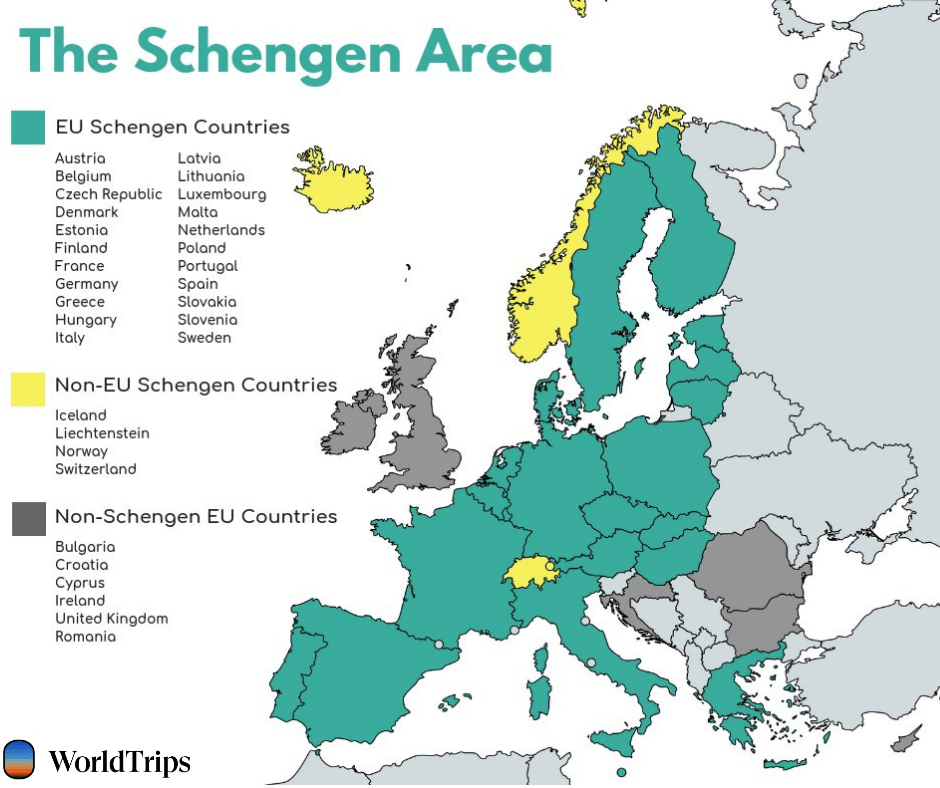Are you planning a trip to Europe? If so, you might need a Schengen visa. In this blog post, we’ll cover everything you need to know about Schengen visas, from what they are to how to apply.
What is a Schengen visa? A Schengen visa is a document that allows you to travel freely within the Schengen Area. The Schengen Area includes 26 European countries, including popular travel destinations such as France, Italy, and Spain. If you are a citizen of a country that is not part of the European Union or the European Economic Area, you will need a Schengen visa to travel to these countries.

Types of Schengen visas There are several types of Schengen visas, depending on the purpose of your trip. The most common types of Schengen visas are:
- Tourist visa: If you travel for leisure, you will need a tourist visa. This visa allows you to stay in the Schengen Area for up to 90 days within six months.
- Business visa: If you travel for business purposes, you need a business visa. This visa allows you to attend business meetings, conferences, or training sessions. You can stay in the Schengen Area for up to 90 days within six months.
- Student visa: If you are a student and planning to study in the Schengen Area, you will need a student visa. This visa also allows you to stay in the Schengen Area for your studies.
- Transit visa: If you pass through the Schengen Area to another country, you will need a transit visa. This visa will allow you to stay in the Schengen Area for up to five days.
Who needs a Schengen Visa?
If you’re a citizen of a country outside the Schengen area, you’ll likely need a Schengen visa to travel to Europe. However, there are some exemptions. For example, citizens of certain countries, such as the United States, Canada, and Australia, can travel to Europe without a visa for up to 90 days within a 180-day period. If you’re unsure whether you need a Schengen visa, you can check with the embassy or consulate of the country you plan to visit.

How to apply for a Schengen visa, you will need to follow these steps:
- Firstly, determine which type of visa you need based on the purpose of your trip or travel.
- Find out which Schengen country’s consulate or embassy you must apply to. This will depend on which country you plan to spend the most time in during your trip.
- Gather all the necessary documents, including a passport, proof of accommodation, travel itinerary, proof of financial means, and a Schengen visa application form.
- Schedule an appointment with the consulate or embassy to submit your application.
- Attend your appointment and submit your application with the required documents and fees.
- Wait for your visa to be processed. The processing time can vary depending on the consulate or embassy, but it usually takes around two weeks.
- Once your visa is approved, you can travel to the Schengen Area.

Tips for applying for a Schengen visa Here are some tips to help you with the Schengen visa application process:
- Start the application process early to allow plenty of time for processing.
- Make sure all the information on your application form is accurate and up-to-date.
- Provide all the necessary supporting documents to avoid delays or rejections.
- Be prepared for an interview at the consulate or embassy.
- Show proof of your ties to your home country, such as a job, property, or family, to demonstrate that you intend to return home after your trip.
- Make sure you have travel insurance that covers medical expenses and emergency evacuation.

Here’s a list of the most common documents you’ll need:
- A valid passport – Your passport should be valid for at least 3 months beyond the date of your trip.
- Proof of travel insurance – You’ll need to provide evidence of travel insurance that covers you for at least €30,000 in medical expenses and repatriation.
- Proof of accommodation – You’ll need to provide proof of capacity for the duration of your trip, such as a hotel stay or a rental agreement.
- Proof of sufficient funds – You’ll need to provide proof that you have adequate funds to cover your expenses during your trip, such as bank statements or a letter from your employer.
- A round-trip flight itinerary – You’ll need to provide a round-trip flight itinerary that shows the dates of your arrival and departure.
How much does a Schengen Visa cost?
The cost of a Schengen visa varies depending on the country you’re applying to and your nationality. Generally, the cost ranges from €35 to €80 for adults, with lower fees for children. Some countries, such as Russia and China, have higher fees for Schengen visas. Additionally, if you apply through a visa processing company, you may need to pay an additional service fee. It’s important to check the specific fees for the country you’re applying to before submitting your application.
Conclusion A Schengen visa is essential for travellers visiting the Schengen Area. It allows you to travel freely within 26 European countries for up to 90 days within six months. Applying for a Schengen visa requires some planning and preparation, but following the steps outlined above will help ensure a hassle free visa application.
Catch up here:
Facebook | Instagram | YouTube | Goodreads | Artwork | Books | Journals – Diaries – Notebooks | Author Central Page | LinkedIn
For sponsorship and collaboration mail – spiritedblogger707@gmail.com
Contribute by purchasing books and artwork. Drop an email for the same.
